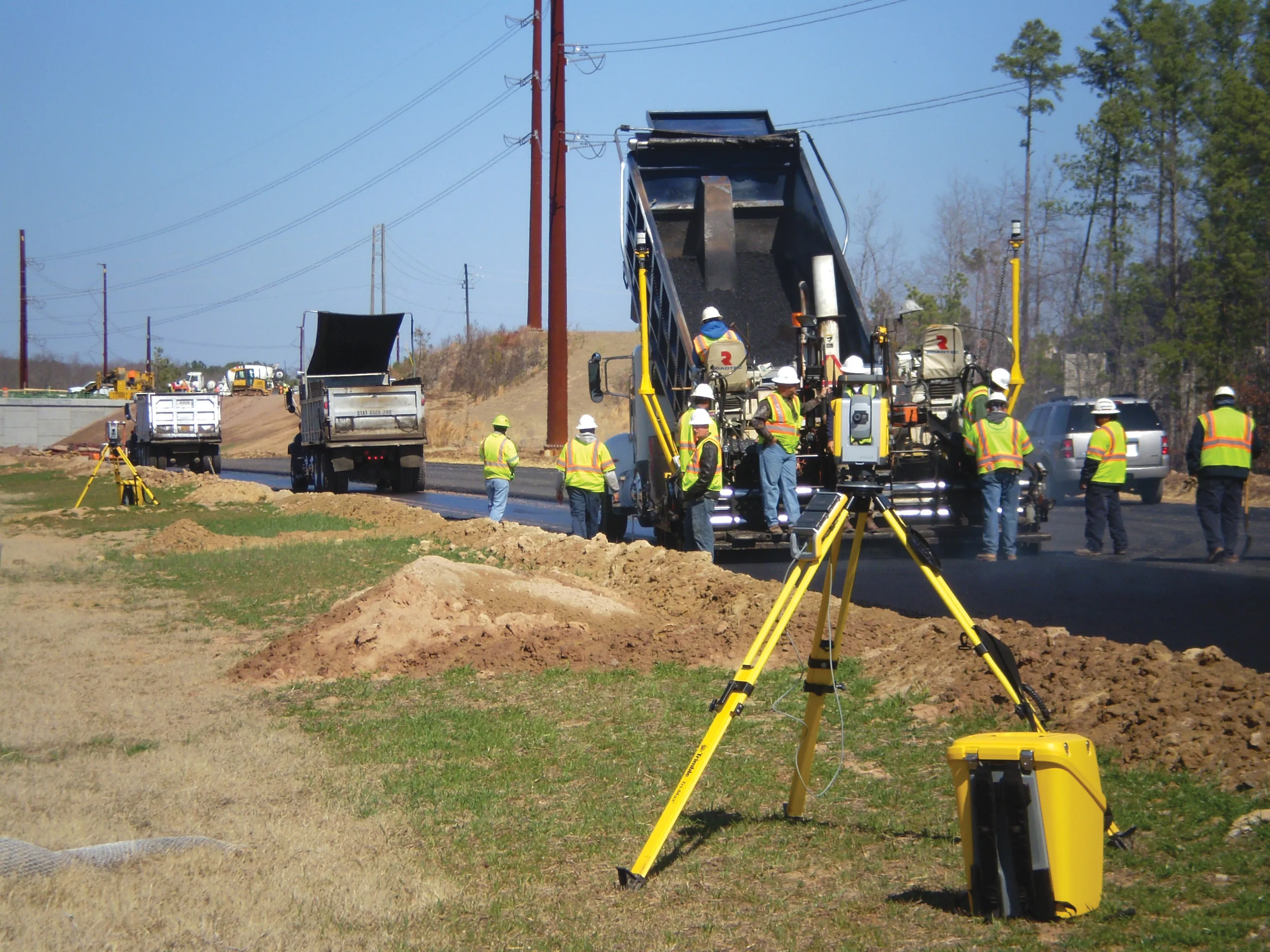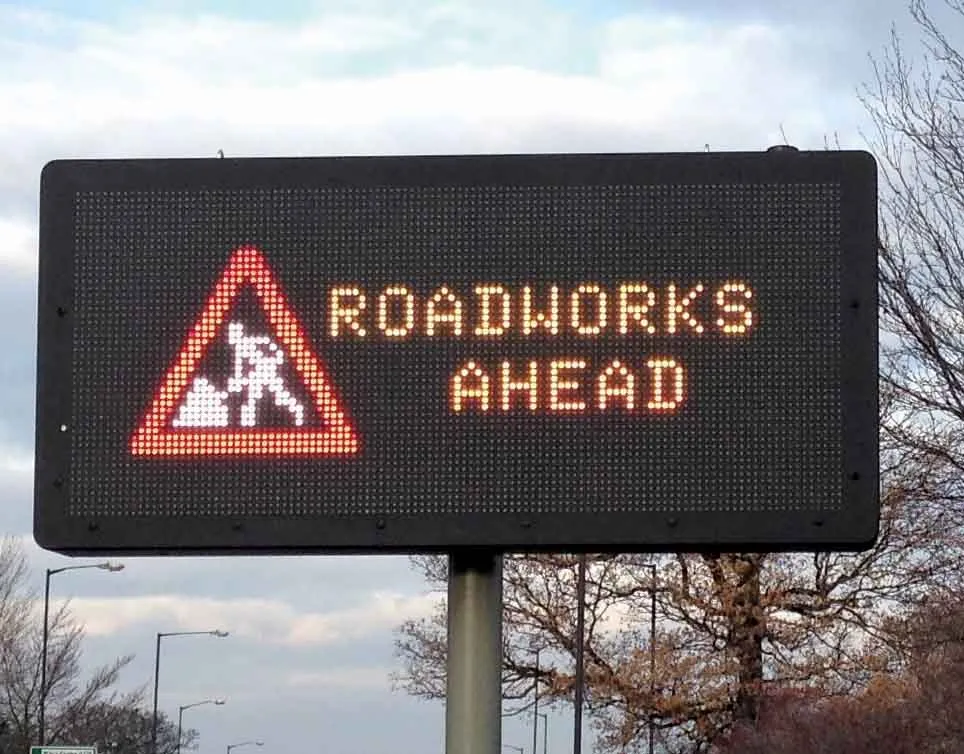US-based contractor Flatiron has won a US$157 million design and build contract for an interchange in the Canadian city of Winnipeg, in the province of Manitoba.
The project, for owner Manitoba Infrastructure and Transportation, will replace the existing loop-ramp interchange for Provincial Trunk Highways 59 and 101.
Work includes seven precast girder bridges between 40m and 100 meters in length, one cast-in-place box culvert through-pass, construction of 1.5 million cubic meters of interchange embank
August 5, 2015
Read time: 2 mins
US-based contractor 2758 Flatiron has won a US$157 million design and build contract for an interchange in the Canadian city of Winnipeg, in the province of Manitoba.
The project, for owner Manitoba Infrastructure and Transportation, will replace the existing loop-ramp interchange for Provincial Trunk Highways 59 and 101.
Work includes seven precast girder bridges between 40m and 100 meters in length, one cast-in-place box culvert through-pass, construction of 1.5 million cubic meters of interchange embankment and demolition of a bridge and some roadway upgrades.
Provincial Trunk Highways 101 and 100 are together known as Winnipeg’s Perimeter Highway, around 90km long. It is an alternate route for through traffic, as there are no freeways through the city.
In June, Flatiron started work on a 3.4km Champlain Bridge across the St Lawrence River in Montreal, in the province of Quebec. The bridge is downstream from the existing Champlain Bridge, built in the 1960s. The new bridge includes three corridors, with two three-lane corridors for vehicle traffic and a two-lane transit corridor with light rail transit capabilities for future use.
The project, for owner Manitoba Infrastructure and Transportation, will replace the existing loop-ramp interchange for Provincial Trunk Highways 59 and 101.
Work includes seven precast girder bridges between 40m and 100 meters in length, one cast-in-place box culvert through-pass, construction of 1.5 million cubic meters of interchange embankment and demolition of a bridge and some roadway upgrades.
Provincial Trunk Highways 101 and 100 are together known as Winnipeg’s Perimeter Highway, around 90km long. It is an alternate route for through traffic, as there are no freeways through the city.
In June, Flatiron started work on a 3.4km Champlain Bridge across the St Lawrence River in Montreal, in the province of Quebec. The bridge is downstream from the existing Champlain Bridge, built in the 1960s. The new bridge includes three corridors, with two three-lane corridors for vehicle traffic and a two-lane transit corridor with light rail transit capabilities for future use.








